Investing in a dehumidifier can significantly improve the air quality in your home, combat dampness, prevent mold, and alleviate allergies. Understanding what to look for in a dehumidifier and how it functions to remove moisture from the air is crucial in making an informed purchase that addresses your specific needs.
What is a Dehumidifier?
A dehumidifier is a household appliance designed to remove excess moisture from the air, thereby reducing humidity levels in indoor environments. This helps prevent the growth of mold, mildew, and dust mites that thrive in damp conditions. Not only does this create a healthier living space, but it also helps eliminate musty odors and protect belongings from moisture damage.
Key Features to Consider When Purchasing a Dehumidifier
When shopping for a dehumidifier, evaluating several key features can affect performance, convenience, and overall satisfaction is crucial. Below are some critical aspects to consider:
- Adjustable Humidity Settings: Look for models that allow you to customize the humidity level. This feature provides flexibility in maintaining your desired comfort level.
- Automatic Shut-off: This function enables the dehumidifier to turn off automatically when it reaches the set humidity level or when the water reservoir is full, enhancing safety and energy efficiency.
- Continuous Drainage Option: Units with a hose attachment for continuous drainage spare you the hassle of manually emptying the reservoir, providing convenience for high-humidity areas.
- Filter Indicator: An indicator that alerts you when the air filter needs cleaning can help maintain the unit's efficiency and ensure clean air circulation.
- Portability: If you need to move the dehumidifier between rooms, consider a model with caster wheels and handles for easier transportation.
- Energy Efficiency: Models with an Energy Star rating consume less energy, which is beneficial for the environment and your electricity bill.
Understanding these key features and how they align with your needs can significantly impact your satisfaction with the dehumidifier. Making an informed choice ensures that you invest in a product that effectively addresses the humidity challenges in your home while providing convenience and efficiency.
What Size of a Dehumidifier Do You Need?
Dehumidifiers come in various sizes, typically rated by the pint of moisture they can remove from the air in a 24-hour. The size needed largely depends on the square footage of the area you intend to dehumidify and the level of dampness present.
For instance, a small room with slight dampness might only require a 30-pint dehumidifier, whereas a large, very damp area might need a 70-pint dehumidifier. Choosing a size appropriate for your space is vital to ensure effective moisture removal and energy efficiency.
How Much Humidity Will Your Dehumidifier Be Able to Exact?
It is pivotal to understand a dehumidifier's capacity in terms of how much humidity it can remove from the air. The optimal relative humidity level for health and comfort is typically between 30% and 50%.
Some models come equipped with a hygrometer, which measures the humidity level in the room, allowing you to set your desired humidity level precisely. This feature ensures that your dehumidifier will run until the air has reached your preferred humidity level, then cycle on and off as needed to maintain it.
Should You Consider the Dehumidifier Cost?
The cost of a dehumidifier can vary widely depending on its capacity, features, and efficiency. While it might be tempting to opt for a cheaper model, investing in a more energy-efficient unit can save you money in the long run through reduced energy costs.
High-quality units might also offer additional features such as digital controls, auto-restart after a power outage, and direct drainage options, which can provide greater convenience and effectiveness.
Additional Considerations:
- Noise Level: Since dehumidifiers can vary in the amount of noise they produce, consider the noise level if the unit will be placed in a frequently used area.
- Energy Efficiency: Look for models with an Energy Star rating to ensure energy efficiency, which is better for the environment and your wallet.
- Maintenance Requirements: Check the ease of accessing and emptying the water container, or consider models with a hose connection for continuous drainage.
Making the Right Choice
When looking to remove moisture from the air, selecting the right dehumidifier goes beyond just the dehumidifier cost. Understanding what to look for in a dehumidifier involves assessing your specific needs, like the size of your space and the specific moisture-related problems you face, ranging from dampness to mold prevention and allergies.
A dehumidifier is an investment in your home’s comfort and health. By considering the above tips, you’ll be equipped to make an informed choice, ensuring you purchase a dehumidifier that effectively meets your needs and enhances your living environment.
Conclusion
Choosing the right dehumidifier involves careful consideration of the space's size, the humidity level to remove from the air, and the dehumidifier cost. By understanding these key factors and evaluating your specific needs, you can select a dehumidifier that will effectively maintain a healthy and comfortable environment in your home. Remember, a dehumidifier is an investment in the air quality of your living space and, ultimately, in your health and well-being.
FAQs on Dehumidifiers
Several common questions arise when purchasing a dehumidifier, reflecting the concerns and curiosities of many consumers. Below, we address some of these frequently asked questions to aid in your decision-making process.
How often should I run my dehumidifier?
The frequency of operation depends on the humidity level of your space and the capacity of your dehumidifier. You might need to run it continuously in extremely damp conditions, while in less humid conditions, a few hours a day may suffice. Utilizing a hygrometer to measure the room's humidity can help you determine the need for operation.
Can a dehumidifier cool my room?
While dehumidifiers do not function as air conditioners, they can help make the environment feel cooler by removing moisture from the air. High humidity can make air temperatures feel warmer than they are, so reducing moisture can enhance comfort without lowering the temperature.
Do dehumidifiers help with allergies?
Yes, dehumidifiers can significantly help with allergies. Many allergens, including molds, dust mites, and mildew, thrive in moist environments. By maintaining a drier atmosphere, dehumidifiers help reduce the growth of these allergens, potentially alleviating allergy symptoms.
Where is the best place to put a dehumidifier in my home?
The best placement depends on where you need it most. For general use, it is ideal to place it in areas with high humidity levels, such as basements, bathrooms, or kitchens. Ensure it's situated away from walls and furniture to allow for proper air circulation.
How long do dehumidifiers typically last?
The lifespan of a dehumidifier can vary based on model, usage, and maintenance. Generally, a quality dehumidifier will last 5 to 10 years. Regular cleaning and proper care can extend its operational life.

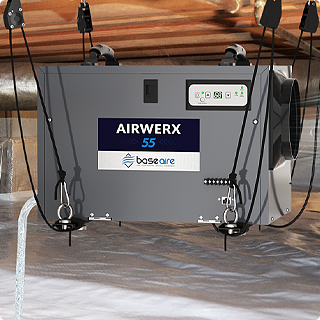
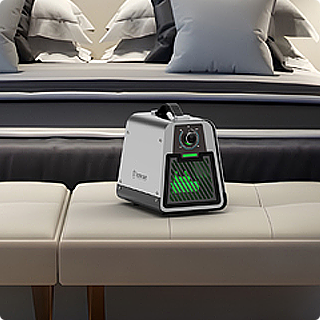
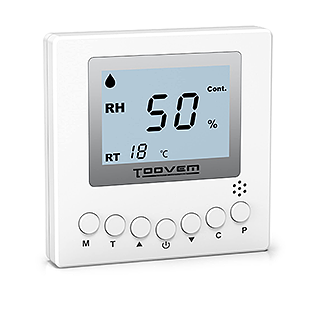
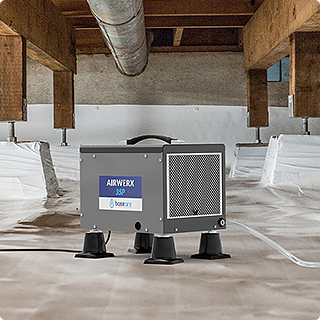
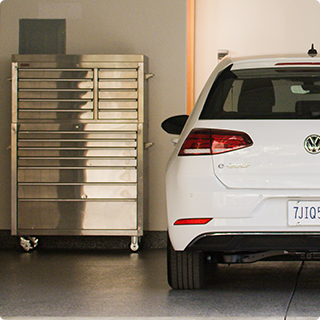
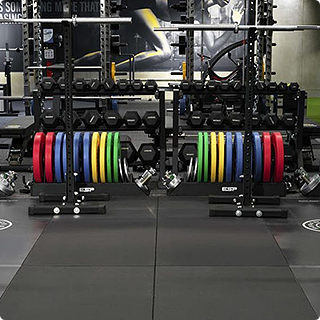
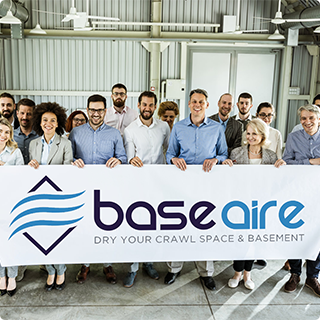

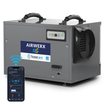
![BaseAire 888 Pro 7,000 mg/h Ozone Generator, Digital O3 Machine Home Ozone Machine Deodorizer - Ozone Generator from [store] by Baseaire - Disinfection, Ozone Generator](http://www.baseaire.com/cdn/shop/products/888-Pro-_-1.jpg?v=1698817267&width=104)
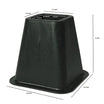
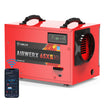

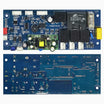








Leave a comment
All comments are moderated before being published.
This site is protected by hCaptcha and the hCaptcha Privacy Policy and Terms of Service apply.